
The engine
We spoke to developers Wargaming.net about the engine used in the game, and the graphical features that it incorporates.Victor Kislyi, head of the European studio, told us that the game engine is written around DirectX 8.1. That means that gamers with DirectX 9 compatible cards won't see any extra eye candy, but the engine has been written to take advantage of Shader Model 1.1, which can still do a few fancy effects - as seen in Splinter Cell: Chaos Theory.
The primary strength the engine has is that it is full 3D, and the in-game view is fully rotatable and zoomable, giving the player a freeform camera angle. Even in an RTS like Warhammer 40,000: Dawn of War, this isn't the case, although we honestly don't know why - it's not like the engine isn't rendering the detail.
Some of the more complicated maps in Domination are made up of over 400,000 polygons on screen at a time. Those kinds of numbers are going to tax even high-end cards.
To find out just how taxing the game is, and to give you some idea of how it might play on your system, we've played with a mid-range card and a high-end card to get some idea of detail settings and framerates.
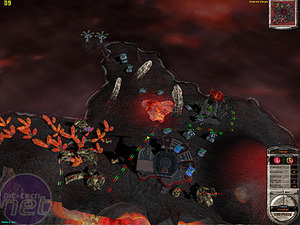
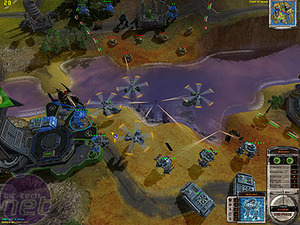
Establishing our graphical Dominance
Our test rig was configured as follows:- Athlon 64 3500+ CPU
- ATI RX480 motherboard
- 1GB PC3200 RAM
- ATI X700 and X850XT graphics cards
The graphical options that you can set enable you to play with the quality settings to get optimal performance on your system. However, we'd suggest that with most mid-range and upwards systems, you'll easily be able to crank the settings up to max.
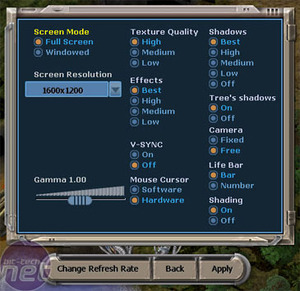
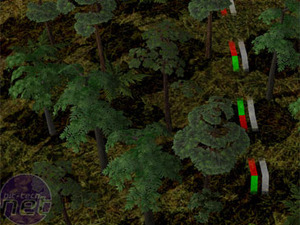
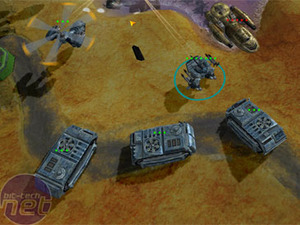

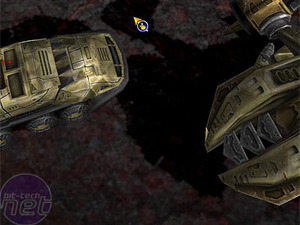
Here's a summary of the framerates that we achieved in-game with our test rig. We measured the average framerate on a couple of runs of the 'Shield of Democracy' map, which is the most graphically-intensive map in the game.

For those that like to know exactly what they're getting, these two screenshots are clickable for the full 1600x1200, 2xAA 8xAF shots.
Domination is certainly one of the better-looking RTS titles out there, with a range of environments and some neat graphical options. With that said, we certainly hope that the next Massive Assault title is updated to make the most of the awesome things that DirectX 9 is capable of.

MSI MPG Velox 100R Chassis Review
October 14 2021 | 15:04

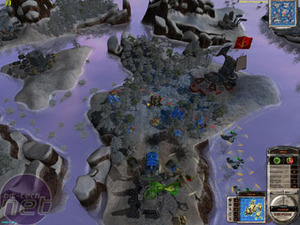
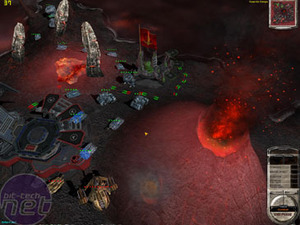





Want to comment? Please log in.